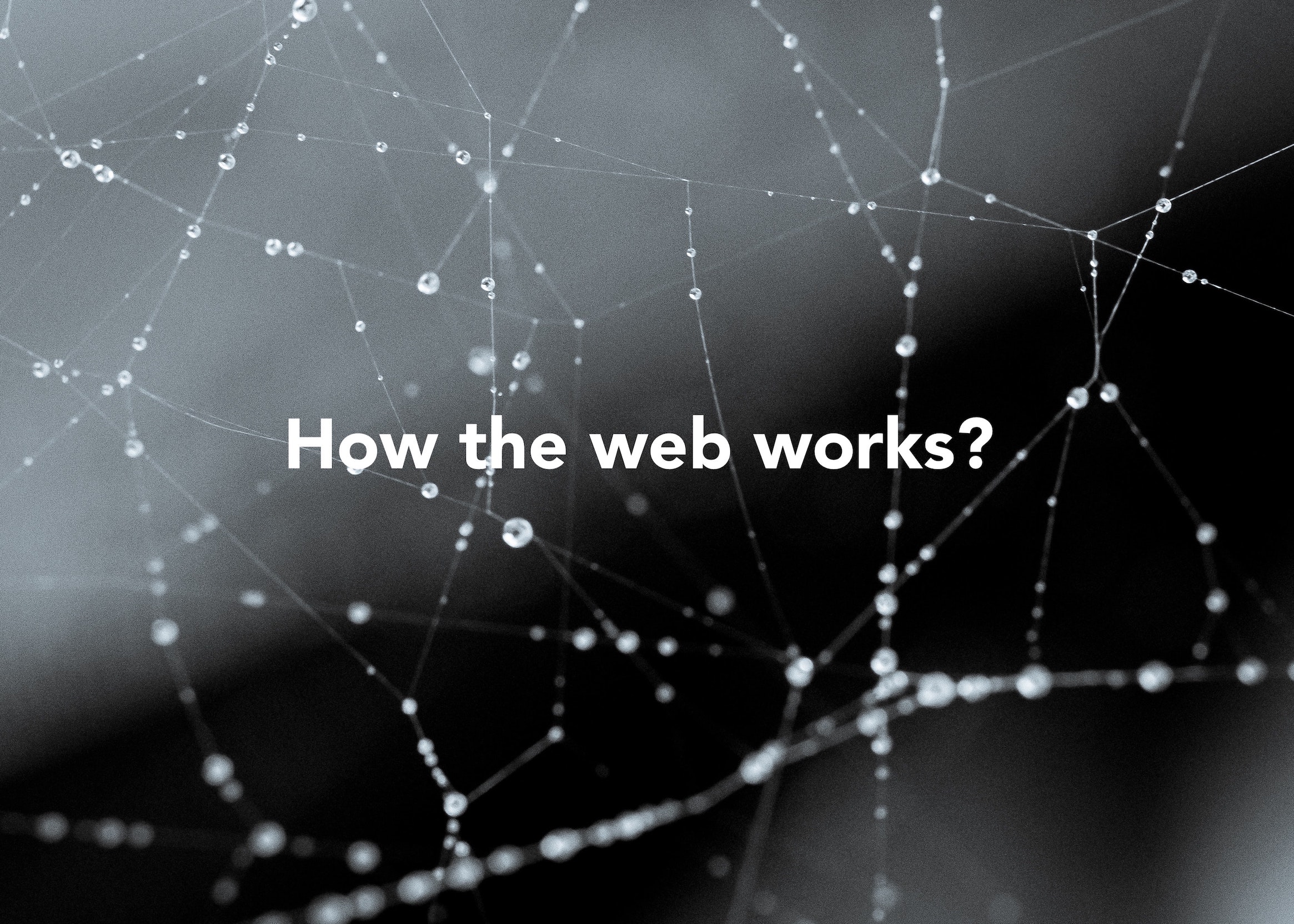How The Web Works
In the age of the Internet, you will have heard of people using mysterious terms like LAN, WAN, IP, and HTTP. You quickly move away so these people don’t use these terms on you and expose your ignorance. But to be a world-class web developer, it is necessary to understand a bit more about what the web actually is.

What is the Internet really?
As the name suggests, the Internet (inter = between, net = network) is a connection between networks. A network is a set of devices that connect to each other. These days that connection could be a wired connection such as ADSL or a network cable. Alternatively, you could connect to a network wirelessly, through a WiFi network, or via mobile.
Know your network: LANs and WANs
It doesn’t really matter how your device connects to a network. What matters is that your device is locatable on that network. To be locatable, each device on the network must have a unique address.
Each device connected to a network can be referred to as a host and will have a unique address. You might be inclined to think that a network address must be very complex because there are potentially many millions of devices connected to the same network: the Internet. Well, that is not the case because the Internet is, in fact, a network that is in itself made up of multiple networks.
LANs are Local Area Networks that connect devices over a limited distance, for example, within the same office, building, home, or school.
WANs are Wide Area Networks that will expand over large geographical distances and can comprise multiple LANs. You can think of the Internet as a WAN with the area being the globe. If we can connect one network to another and each device connected to that sub-level network must have a unique address, then really only the network itself requires a completely unique address. As long as the device’s address also incorporates the address of the sub-level network, it becomes safe to reuse a device’s address across a WAN.
In this way, we can establish a protocol for allowing devices on a network to communicate with each other and send those communications to the correct devices.
We use the Internet Protocol (IP) and can assign an IP address to each device on a network that uses the Internet Protocol for communication.
Standardisation and Protocols
As we have already seen, establishing a system by which devices connected to a network can communicate with each other is necessary to ensure that we have a functional Internet. The Internet Protocol for communication ensures this. But how was this protocol established, and who maintains it?
We can trace this protocol as far back as 1974 in the Institute of Electrical and Electronics Engineers (IEEE) published paper entitled “A Protocol for Packet Network Intercommunication”. However, it is through the advent of the HTTP or Hypertext Transfer Protocol (circa 1984 Tim Berners Lee) that the IP has become a standard for communication used within the World Wide Web (WWW).
We can think of the IP as the standardisation for the data transport layer and HTTP as the standardisation for the application layer. In other words, the IP handles how devices connect to one another, and the HTTP handles what happens once they connect.
Harness the power of the Internet by learning to code
The Internet is a powerful tool you can master by learning to code. Start your journey to mastery by signing up for the CodeSpace Software Development program.